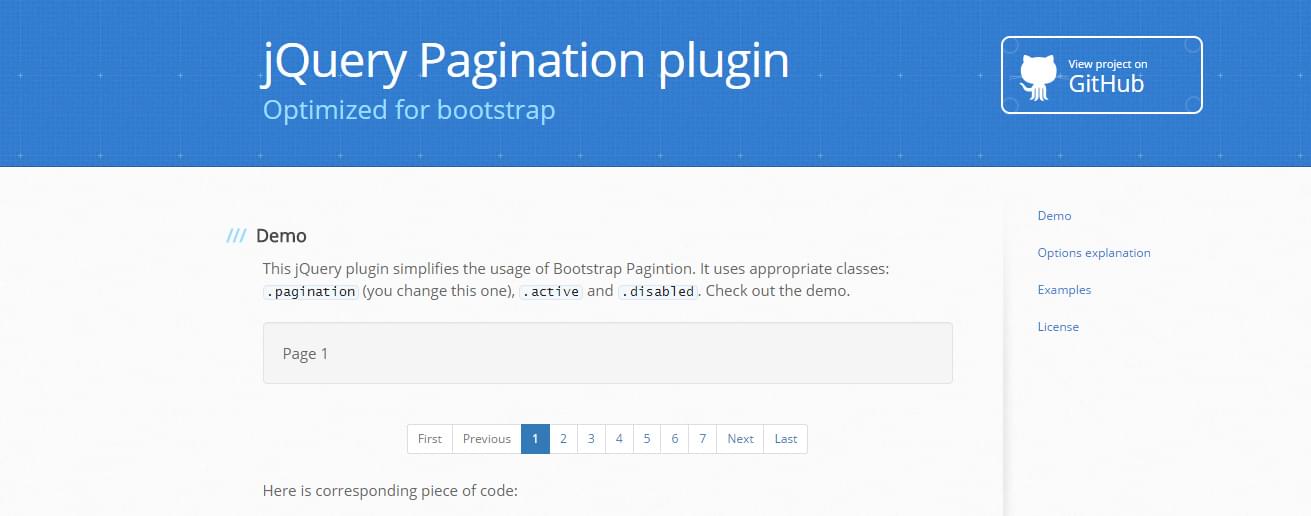

We usually define them in the :root selector. Declaring variables in CSS are pretty easy. The benefits of using variables are that we can declare a variable once and use it multiple times in a document. We’ll also use CSS variables in this example. And the second one will be responsible for the specific theme designs. The first stylesheet is responsible for all the default styles our website will have, like the font-sizes, viewport height-width, image sizes. Also Read: JavaScript Browser Object Model Styling Our Default CSSĪs you might have observed, we have two stylesheets tag in our HTML document. And finally, in the end, we are linking our script file. In our main body, we are using an image from Unsplash. We will use the IDs of theme switches to design the switches. You can also see we are using a data-theme custom data attribute to keep track of the theme selected. This blank href will be used to attach our theme designs. We have added the fonts in the header, default styles stylesheets, and a stylesheet link with a blank href. Sunt in culpa qui officia deserunt mollit anim id est laborum. Excepteur sint occaecat cupidatat non proident, In reprehenderit in voluptate velit esse cillum dolore eu fugiat Ut enimĪd minim veniam, quis nostrud exercitation ullamco laboris Tempor incididunt ut labore et dolore magna aliqua. Lorem ipsum dolor sit amet, consectetur adipiscing elit, sed do eiusmod We are also using the Roboto font to style the document. Our body contains an image and some random texts. The jQuery Content Panel Switcher is a simple, very lightweight jQuery plugin that allows smooth transitioning of content in and out of panels located anywhere on the page. We have a simple header section with the name of our app and the buttons to change the themes. Building the MarkupĪs you can understand from the gif above, we are not using any high-level design. Now that we know the file structure, let's begin the coding. Log in if youd like to delete this fiddle in the future. Now that you have a basic understanding of the data attributes, let's start building our Theme Switcher. Save anonymous (public) fiddle - Be sure not to include personal data - Do not include copyrighted material.

We can access this using the below codes, let employee = document.getElementB圜lassName("employee-table") Suppose we want to access the identity attribute from before. We can access these attributes in JavaScript with dataset property. And the second point is that we cannot use any valid HTML attribute as a name for data attributes. Two things to keep in mind while creating a data attribute is that the value that is stored inside data attributes can only be of string type. We also have special HTML data tags in HTML 5.įor example, we can name data-identity to create a custom data attribute for employee ID. Any attribute that starts with data- is a custom data attribute. HTML5 introduced us to the concept of Custom Data Attributes. Before HTML5, we could have used class or IDs, but this is not an impressive solution. Let's take an example, suppose we have a list of employees and we want to save their IDs, which we can use to manipulate them using the DOM. There may be situations when we have to store some information associated with DOM elements. One thing I must explain before we start building the Markup is custom data attributes in HTML. We’ll implement this using the browser’s local storage. The selected theme will be stored in the browser and will apply the same theme even after reloading. Also, the theme switcher will be persistent. I am not going to focus a lot on the styles instead, we’ll try to understand the logic about creating it. In this article, we’ll be building a theme switcher like that. The theme switcher can also be used as a dark mode switcher. If you want to jump on particular step on next button click, return index of the new step.You might have noticed that nowadays many websites have a theme switcher on top of their website. It takes index of step as argument and returns index of next step. NextButtonTitle is text of Next button and nextButtonCss is CSS class of Next button.ĬallBack: You can define your method to be called on Next button clicked. Switchery is a simple jQuery Vanilla JavaScript plugin that converts the standard Html checkboxes into flat iOS style toggle switches with nice sliding.

Here li is going to be wizard steps, so $(“#wizard li”) is defined. Simple Calendar is a really simple calendar using HTML, CSS, and JQuery that enables the user to switch between months using the Previous / Next buttons.


 0 kommentar(er)
0 kommentar(er)
